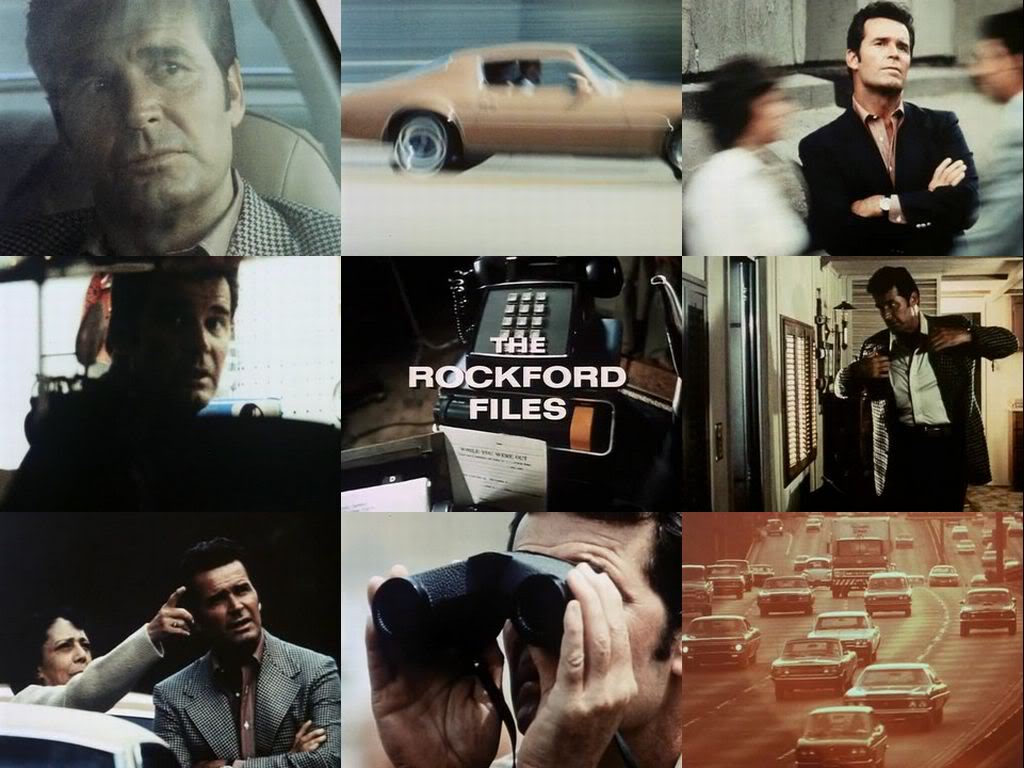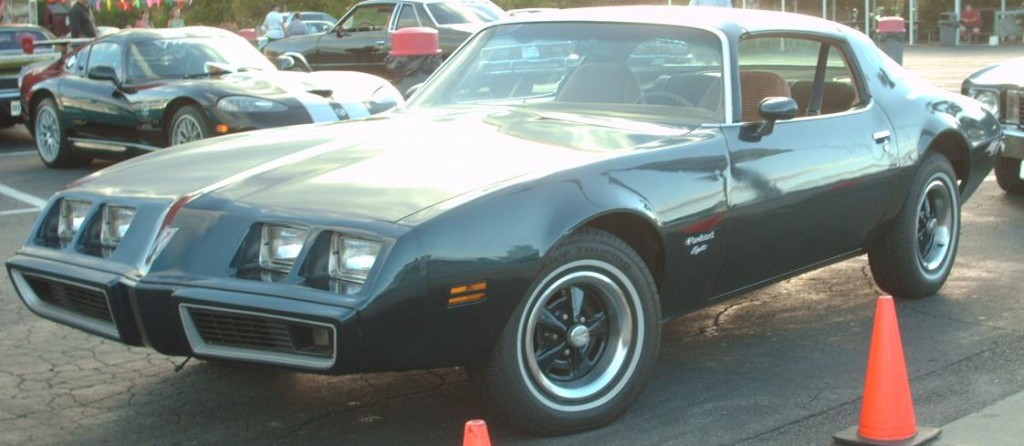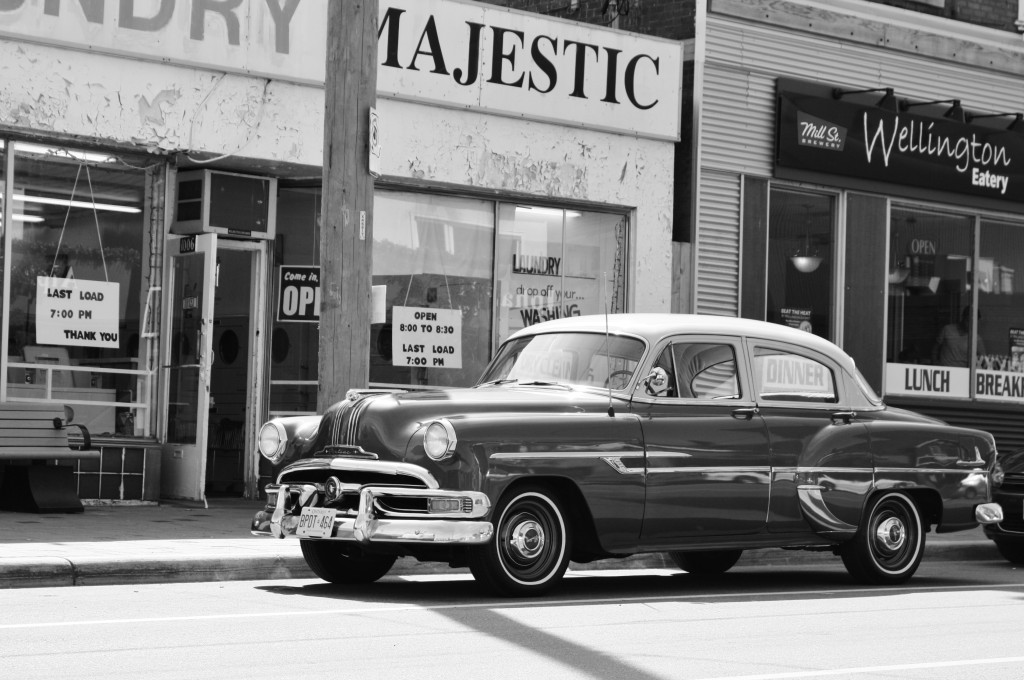
The Rockford Files, starring the late James Garner, ran from 1974 to 1980, causing much Firebird and beach trailer envy.
Rest in peace, Jimbo.
The world lost a great actor and – by all accounts – a hell of a good guy on July 14, as screen legend James Garner passed away at age 86.
Growing up, I thought Garner’s Jim Rockford character in The Rockford Files (1974-80) was just the coolest guy ever. I mean, he lived in a trailer on the beach, tussled with bad guys on a weekly basis, knew how to rock a polyester sport coat and slacks, and tooled around in a gold Firebird.
The perfect life! (minus the scrapes and bruising)
Oh yeah, and the theme song rocked…. but back to that Firebird for a minute:
Jim Rockford drove a Pontiac Firebird Esprit for the duration of the show, always in the same distinctive gold (Denver Poly Gold) that mingled well with the various brown and beige polyesters and vinyls of the era – the Landau Era.
I’ve always had a thing for the curvaceous 2nd generation Firebird/Camaro twins – one could spend many happy minutes just staring at that wraparound rear window and low-slung body. And, while Burt Reynolds made the Firebird Formula and Trans Ams a hot (and cheesy) commodity in the late 70s, I have to applaud Garner’s choice of the Esprit model for his low-rent private eye character, as it provided some flash and class to go with the car’s respectable dash.
A guy like Rockford liked the appearance of luxury and of getting the most out of his hard-earned paycheque, so the Esprit seemed like a natural fit for him. A decent (not base) engine, upgraded interior trim, and a five-spoke sport rim/low-profile whitewall combination was a good compromise for a guy who couldn’t snare maid service for his trailer home/office.
The Esprit engine for the first chunk of the decade was the revered small-block 350 Chevy V-8. Starting in 1977, however, the trustworthy-but-unglamorous Buick 231 V-6 became the standard engine in base models as well as the Esprit.
Never fear – higher-output engines were just a tick of the option box away.
The series ran until 1980, but TV viewers will notice that that final makeover of the 2nd-generation Firebirds – the 1979-1981 model – never made it into Rockford’s sand driveway. There’s a simple reason why the show’s producers capped it at the ’78 model year – car aficionado Garner didn’t dig the front ends on those later rides, and likely didn’t approve of the performance either (the Pontiac 265 and 301-cubic inch V-8’s are rarely spoken of in rapturous tones).
And so, a ’78 model carried the show and its protagonist till the dawn of the glorious 1980s (the final episode aired January 10, 1980). Had the series stayed on, Rockford might have been forced to chase/escape baddies in an Iron Duke-powered 3rd generation Firebird (not a sexy or successful-sounding prospect).

The Final Facelift. James Garner wasn’t too enamored by the front end treatment given to the 1979-81 Firebirds. (image: Bull-Doser, Wikimedia Commons)
The Rockford Firebird is now something of a cultural icon, which goes to show the impact the popular series had on the collective American psyche. Here’s an interesting link that details one man’s quest to make himself a Rockford Firebird, thus (hopefully) cementing his image as the king of affable, laid-back cool.
http://toddsclassiccars.com/rockford.php
Farewell, Mr. Garner. After 86 years of acting, driving, campaigning for civil rights, and being a hero to many kids like myself, you can rest assured knowing your legacy is a good one.


